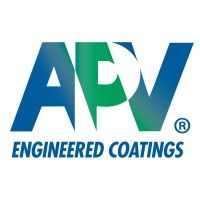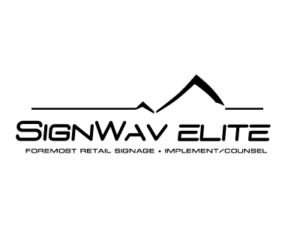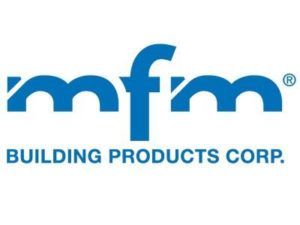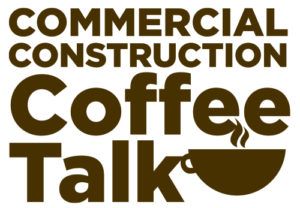Anodizing is a method of changing the surface chemistry of metals, protecting them against corrosion, resisting scratching, and is one of the most durable surface finishes. Although other nonferrous metals such as titanium and magnesium can also be anodized, aluminum is ideally suited to anodizing. Because of its anodized finishes, aluminum has become one of the most widely used materials in the production of industrial, commercial, and consumer products.
Below we’ll describe what exactly anodized aluminum is and what some of its uses are.
What is anodized aluminum?
Anodization is an electrolytic passivation process of the aluminum surface producing a stable aluminum oxide film that is much thicker than the native oxide film. Anodized aluminum is a durable post-processing method that increases corrosion resistance and enhances visual qualities, keeping the surface from being scratched.
It is an excellent option if you ever need parts with superior mechanical properties or metal prototypes. Because the anodized layer is made from aluminum, it won’t peel or chip, meaning it is more durable than any other similar material on the market. It’s 60% lighter than other competing metals like copper or stainless steel, but 3 times harder than the raw material.
Benefits of anodized aluminum
Durability
Although aluminum is already a durable material, after anodization the surface becomes even tougher. It creates a surface so thick that it will not peel or chop even when processed to add color. The product will never rust or weather since the anodization process is controlled by oxidation. This makes anodized aluminum one of the most versatile and toughest metal products on the market.
Lightweight
Anodized aluminum is a lightweight metal, 60% less than stainless steel, brass, or copper. Because of this, shipping the material is much more cost-effective. It also has a lower cost when used in projects rather than other materials like steel, brass, zinc, and copper. It is also the only metal that is 100% recyclable. Whether you need durable, lightweight, and attractive material for designing consumer goods or in architecture, anodized aluminum offers a versatile solution.
Appearance
The appearance of anodized aluminum gives beauty to any item. When the aluminum is anodized it leaves a matte or bright finish. There are also options in choosing a custom texture such as brushed, or pebble tone to give a product a unique look. Due to its versatility, it can be made to mirror the look of other metals giving the appearance of bronze, stainless steel, copper, gold, and many more.
Where can it be used?
Anodized aluminum can be found in many industries including architecture, mechanical components, consumer goods, and many more. From interior decoration and trim to appliances like coffee makers, refrigerators, and so on.
Architecture
Since anodized aluminum won’t rust, patina, or weather, it’s an attractive choice for modern buildings and construction exteriors as well as interiors. Being lightweight, affordable, and attractive, anodized aluminum is a great option for exteriors like curtain walls, roofing systems, and such, and also interior finishes including ceiling panels, elevator panels, and store signage.
Consumer goods
Consumers usually want long-lasting and attractive products that fit their lifestyle, and no matter what look, texture, or color you want, anodized aluminum can deliver whatever reflects your aesthetic. Since it is versatile it can deliver different goods including appliances, food preparation equipment, furniture, and others. Products like coolers, pans, beds, tables, and such are just some of the end products using anodized aluminum.
Space
As anodized aluminum is widely used on earth it is also used in space, more specifically the NASA international space station (ISS) uses it in its trusses. The surface of anodized aluminum doesn’t get as hot because the surface finish of aluminum trusses better distribute heat. It is especially helpful in space because there’s no atmosphere of protection from the sun. Also, handrails on the outside of the station are anodized in a gold finish. This way, they can stand out visually against the truss structure.
Other uses
Along with architecture and consumer goods, there are many other uses of anodized aluminum including motor vehicle components, sporting goods, jewelry, artwork, and others. The aesthetically pleasing results of anodizing combined with increased durability offer many design opportunities for architects, builders, product designers, and also artists.
In closing
Anodized aluminum is one of the best choices of metal for a wide range of uses, and it will probably continue to be for many more years. It is eco-friendly and produces a finish with unparalleled beauty and durability. Whether you’re creating buildings, artwork, appliances, or luxury vehicles, anodized aluminum would be a great part of the project or product.






























